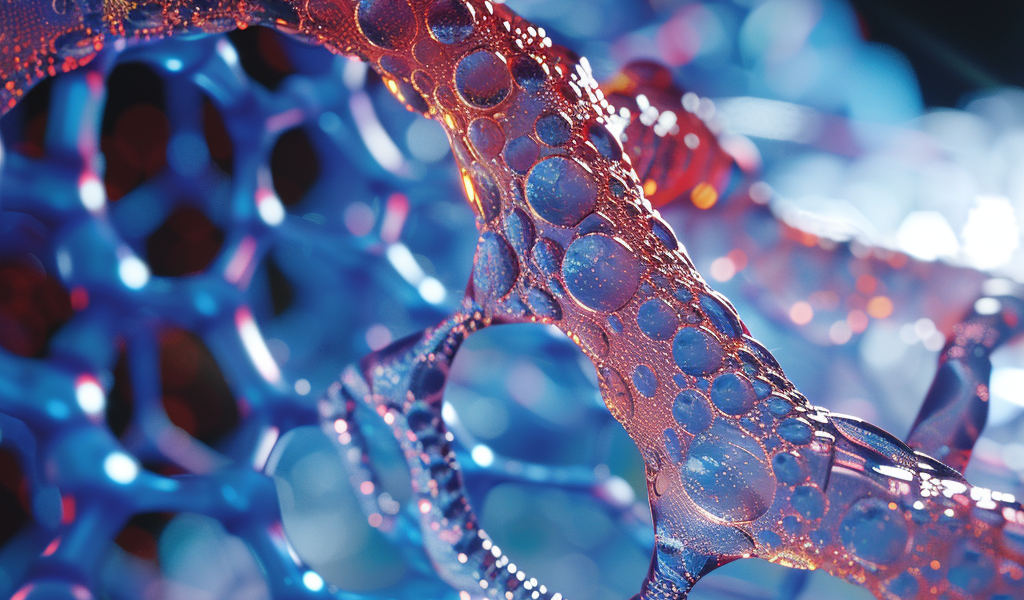A recent research article published in the Proceedings of the National Academy of Sciences presents groundbreaking findings in the field of biophysics and computational biology. The study, titled ‘De novo design of modular protein hydrogels with programmable intra- and extracellular viscoelasticity,’ explores the development of novel protein-based hydrogels with customizable mechanical properties.
The research, led by Rubul Mout, Ross C. Bretherton, Justin Decarreau, and David Baker, focuses on the de novo design of protein hydrogels and investigates the impact of microscopic properties of the building blocks on the macroscopic gel mechanics, both intra- and extracellularly. The study aims to expand the applications of protein-based hydrogels in synthetic biology and medicine.
Protein-based hydrogels have garnered significant attention due to their diverse applications in cellular engineering and medicine. Most existing protein hydrogels are derived from naturally occurring proteins or protein–polymer hybrid constructs. However, the current study introduces de novo supramolecular protein assemblies, which offer a wide range of viscoelastic properties, from fluids to gels. This innovation opens up new possibilities for the development of advanced biomaterials with tailored mechanical characteristics.
The research team utilized computational design to specify the size, flexibility, and valency of de novo protein building blocks, as well as the interaction dynamics between them. By constructing gel systems from symmetric protein homo-oligomers, the study demonstrates the ability to control the macroscopic viscoelasticity of the resulting protein hydrogels. The findings indicate that the covalent linkage of multifunctional precursors yields hydrogels with viscoelastic properties dependent on the crosslink length between the constituent building blocks. Additionally, reversibly crosslinking the homo-oligomeric components results in biomaterials exhibiting fluid-like properties at rest and low shear, transitioning to solid-like behavior at higher frequencies.
One of the notable aspects of the study is the genetic encodability of the developed materials, allowing the assembly of protein networks within living mammalian cells. This capability holds promising implications for the field of cellular engineering and opens up new avenues for the utilization of protein-based hydrogels in biomedical applications.
The findings presented in this research article shed light on the potential of de novo designed protein hydrogels to revolutionize the field of biomaterials. The ability to tailor the mechanical properties of protein-based materials at the molecular level offers exciting prospects for the development of advanced biomaterials for various biomedical and biotechnological applications.





